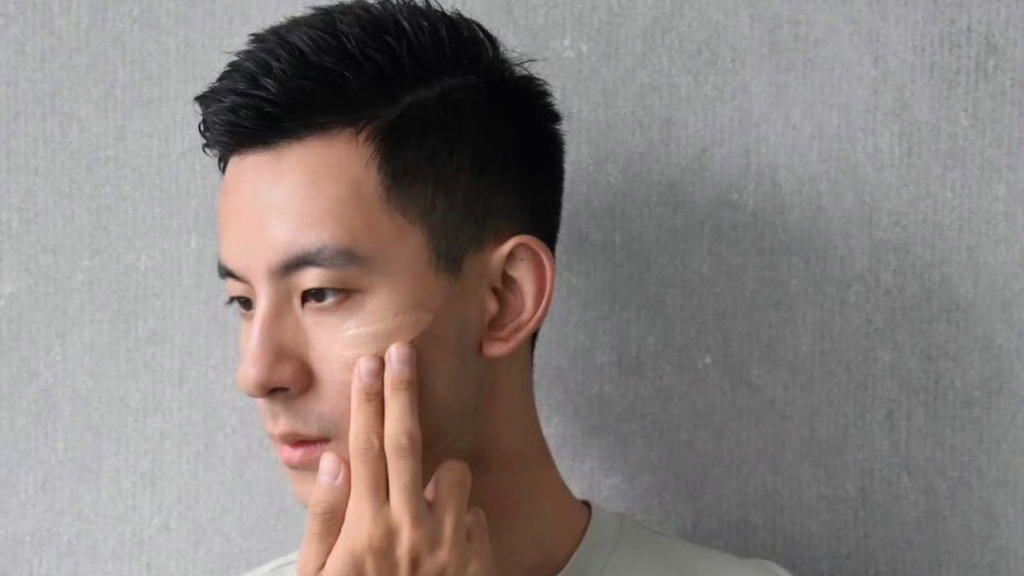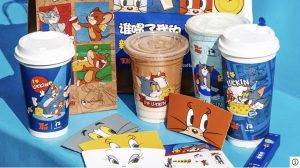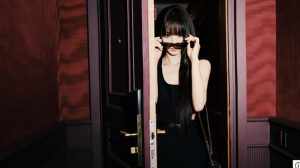Delve into the demographics and psychographics of male beauty consumers on Douyin to understand how brands can thrive on this burgeoning social commerce platform.

The male makeup tutorial has gone viral on short-video platform Douyin.
In the videos, men usually in their 20s, like Mao Wenyu (@毛文余呀!), often appear with no makeup and start hydrating their skin with moisturizer, before employing concealer and foundation, followed by oil-control loose powder, eyebrow penciling, and a slick of lip balm. Lastly, after grooming their hair and changing outfits, they turn out looking drastically different.
Mao’s video, titled ‘How affordable is it for today’s college students to become handsome?’ (男大学生变帅成本有多低) attracted over 500,000 likes. And some of the products featured in Mao’s videos, such as Dermafirm’s sun defense makeup base, have sold tens of thousands of units.
Douyin’s social selling business model is seamlessly closing the loop from consumer interest to transaction. The app is maturing as a sales channel, approaching the scale of China’s e-commerce giants Tmall and Taobao.
Feigua data shows that in the first half of 2023, the gross merchandise value (GMV) of men’s makeup sold via Douyin surged 365 percent year on year – Tmall and Taobao combined achieved 6.7 percent growth in the same period.
“Our Douyin sales have grown at an impressive pace, quickly becoming a contender to overtake our Tmall sales,” says Shane Carnell-Xu, founder of British male beauty label Shakeup, which beat L’Oréal by one place to take fifth place on Douyin’s H1 2023 top 10 best-selling mens cosmetics list.
Here, Jing Daily explores Douyin’s male beauty consumers demographics and psychographics and investigates how brands can engineer success on the platform. Continue to read the full article here





